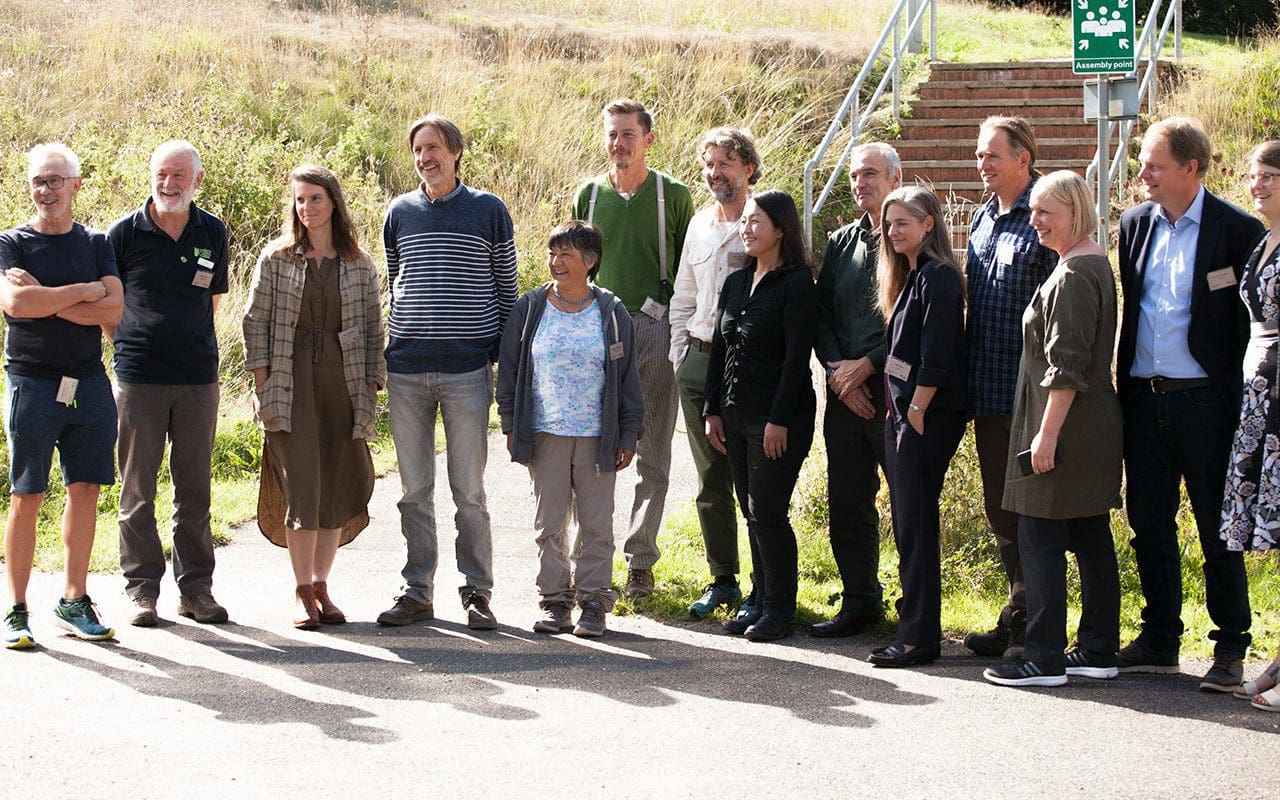
This time last week we were still reeling from the excitement and stimulation of the first Beth Chatto Symposium. Originally intended to celebrate Beth’s 95th birthday this year, following her death in May the event became both a memorial to her and a celebration of her influence on a generation of gardeners, designers and nurseries, both here and overseas.
The symposium was the idea of Amy Sanderson, a Canadian gardener and florist who has spent some time working at the Beth Chatto Gardens in recent years, and was organised by Amy, Garden and Nursery Director, Dave Ward and Head Gardener, Åsa Gregers-Warg. When the symposium was announced early this year they anticipated in the region of 150 attendees, and so were thrilled when over 500 people from 26 countries bought tickets. Åsa told me that they could have sold many more.
The theme of the symposium was Ecological Planting in the 21st Century, and the line-up of international speakers included gardeners, garden designers, academics, nursery-people and growers, all with their own take on the subject, although a number of key themes became apparent over the two days. The talks were recorded and will be posted on the symposium website as soon as they have been edited.
In the main image above are, from left to right, James Hitchmough, Dave Ward, Taylor Johnston, Olivier Filippi, Marina Christopher, Peter Janke, Dan Pearson, Midori Shintani, Keith Wiley, Andi Pettis, Peter Korn, Åsa Gregers-Warg, Cassian Schmidt and Amy Sanderson.
 James Hitchmough
James Hitchmough
Opening and closing the symposium were presentations by James Hitchmough, Professor of Horticultural Ecology in the Department of Landscape Architecture at the University of Sheffield. James has done a huge amount of research into seeded naturalistic plantings over the past 30 years and, as an academic and researcher, was generous and instructive in the information he shared. He was very clear in communicating the ecological value and function of designed landscapes, but explained that the highest value and most stable functioning of a planting is achieved through its ability to persist – its longevity. This is directly linked to biomass, since the denser a planting is both above and below ground, the less unwelcome weed species are able to invade it. The layering of foliage above ground, from groundcovers through to tall emergents, also shades out weed species, creating a more stable planting. He advised that the biggest challenge in dynamic naturalistic plantings is identifying what they are to become and how to manage them with this guiding vision in mind. All of these observations rang true.
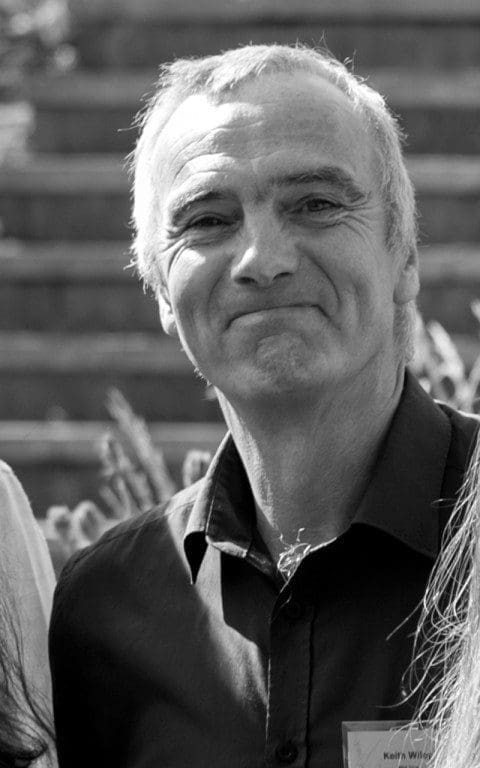 Keith Wiley
Keith Wiley
All of the speakers spoke about the inspiration they have taken from observing native plants in the wild, and both Keith Wiley and Peter Korn spoke passionately about their travels to Crete and South Africa, Kyrgyzstan, Armenia and North America, respectively as being hugely influential on the ambitious private gardens they have both created in Devon and Sweden. Keith was, for 25 years, the gardener at The Garden House at Buckland Monachorum, one of the most influential gardens of the 1990’s in bringing naturalistic planting to the attention of a wider audience. His talk focussed on the aesthetic possibilities of combining plants as they appear in nature, and he illustrated it with lush images of highly colourful, exuberant plantings.
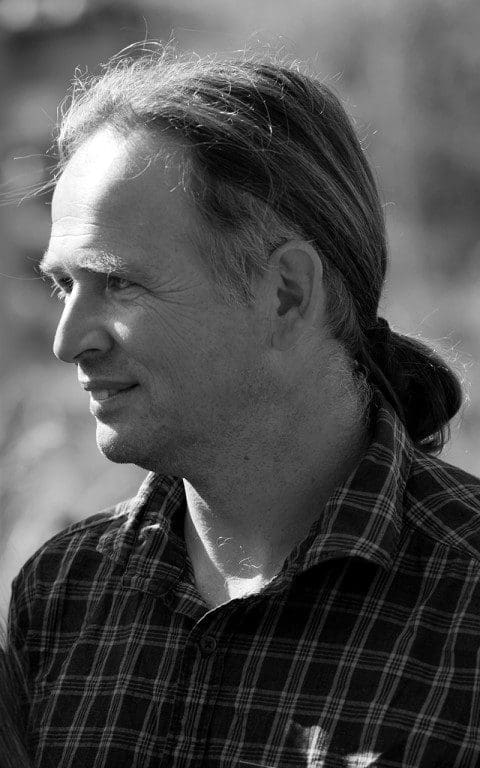 Peter Korn
Peter Korn
Peter explained the challenges he had set himself by wanting to grow as wide a range of dry-climate plants as possible from all over the world, in an inhospitable climate and with the added difficulty of high rainfall and sub-zero winter temperatures. Both explained in detail the lengths they had gone to in order to create specific microclimates and soil conditions to allow them to grow some of their favourite species. Of great interest was Peter’s method of growing plants in deep sand, which both encourages the formation of stronger mychorrhizal communities and presents a hostile environment for self-seeding weeds.
 Cassian Schmidt
Cassian Schmidt
Similarly, Professor Cassian Schmidt, Director of Hermannshof Garden described the creation of a large number of habitat types to showcase a wide range of plants in this public garden located in Weinheim, near Heidelberg. Originally based on the ecological principles of Professor Richard Hansen, Hermannshof now has in excess of 18 habitat areas from North American Prairie to East Asian Woodland Margin and European Dry Steppe. In tune with James Hitchmough, Cassian also described the importance of plant ‘sociability’ when planning plantings, choosing plants with compatible growth habits and cultural requirements to build persistent, self-regulating communities. His experiments with dense plant layering, and the use of primroses as an early-season, weed-supressing groundcover encouraged us in our own thoughts about these as a means of closing the ecological gap in our own plantings.
 Peter Janke
Peter Janke
Fellow German, nurseryman and garden designer, Peter Janke, worked at the Beth Chatto Gardens as a young man in his 20’s, and was hugely inspired by Beth’s experiments and success in the Gravel Garden. After returning home he introduced her teaching of using plants best suited to the habitat conditions in one’s garden to an audience of German gardeners. Peter spoke about the challenges posed by the recent high summer temperatures, which have been especially extreme where he lives in central Germany, and described how he created his own garden, based on many of Beth’s planting principles, in particular a gravel garden of his own, which has performed remarkably well this year.
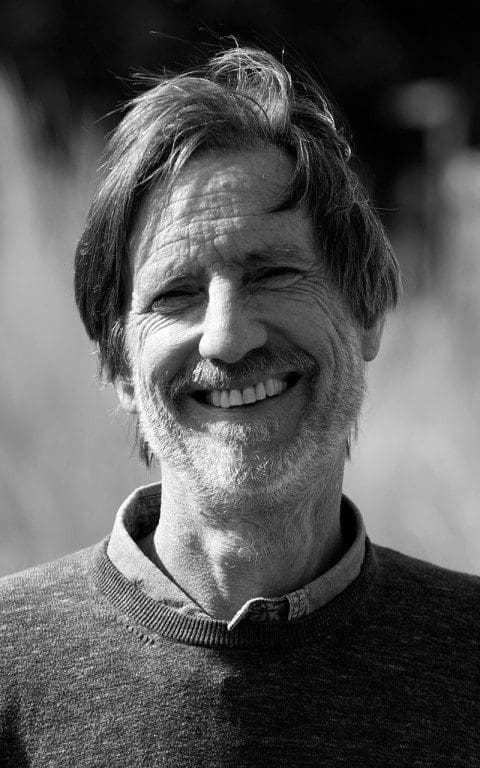 Olivier Filippi
Olivier Filippi
French nurseryman, Olivier Filippi, spoke passionately about planting palettes for Mediterranean and dry landscape plantings, the development of which he is at the forefront of, supplying projects all over the mediterranean. Although many of the speakers talked of striking a balance between aesthetics and function, Olivier was very clear that, in a dry climate, a functional landscape is, by necessity, a beautiful one. He described the use of cushion-forming, evergreen sub-shrubs as key in his work, and flower as the least important aspect in making plant choices, leading to an appreciation of the ‘black and white garden’ where rhythm, form, texture and contrast are the primary considerations. He also spoke vigorously about the need for water conservation and encouraged the audience to regard maintenance as one of the most enjoyable parts of gardening. He was also dismissive of current trends for using only native species in plantings, arguing that, in relation to the scales of planetary time and geographical change, such a stance was limiting and myopic.
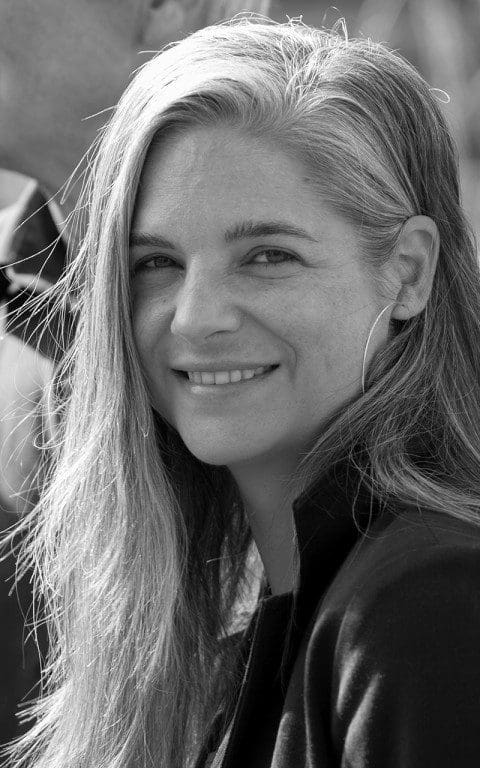 Andi Pettis
Andi Pettis
As a complete contrast Andi Pettis, Director of Horticulture at The High Line, spoke of the very particular challenges of gardening in an extreme urban environment. As well as the technical and organisational difficulties of maintaining a podium garden high above the ground. She also focussed on the relationship between the public and plants, and the fact that people are also a part of landscapes and their associated ecosystems, whether natural or designed. Like Cassian Schmidt she also spoke passionately about the educational benefit of a public park where horticulture is paramount, and how, even in the centre of one of the busiest cities in the world, it is possible to get people to engage with and appreciate natural cycles and rhythms and ecology.
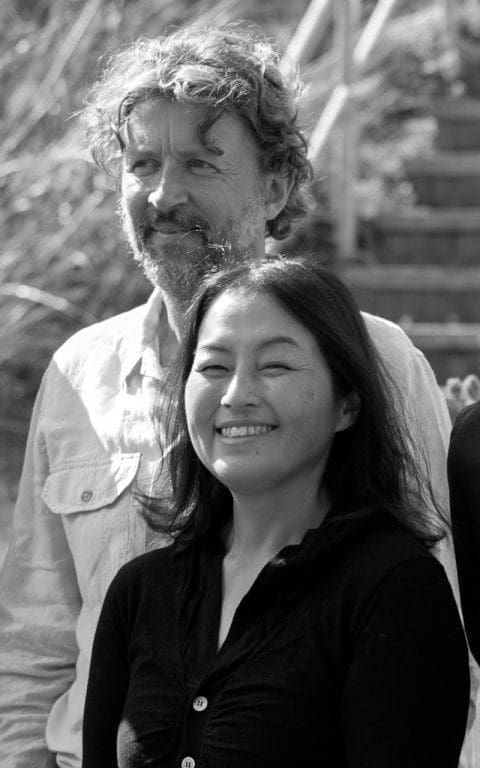 Dan with Midori Shintani
Dan with Midori Shintani
Dan had also been invited to speak, and he did so primarily about his work at the Tokachi Millennium Forest, although he too illustrated the fundamental impact that Beth Chatto had had on his early understanding of plant habitat requirements, and the importance of creating planting schemes that are culturally balanced and in context with their surroundings.
His talk was followed by one given by the Head Gardener at the Millennium Forest, Midori Shintani, and her first public presentation in English. Midori talked of the ancient Japanese belief in animism, the power of all natural things, of the landscape, and of nature worship. She also explained the importance of satoyama, the term used to describe the territory formed by the intimate relationship between man and the productive agricultural landscape at the boundary of the wild. These ideas were then developed as she explained how she and her team of gardeners approach the work of maintaining, not just the designed landscapes at this public park in Hokkaido, but the very forest itself. She spoke beautifully and with great tenderness about the fact that everything is connected, and the importance of taking great care and making close observation of natural processes. She expressed the deep interconnections between people, landscapes, natural habitats, plants and fauna with immense simplicity and lightly worn wisdom. It was no surprise to find that, as she delivered her final words and the hall filled with applause, many in the audience were crying.
Words & photographs: Huw Morgan
Published 8 September 2018
 Previous
Previous
 Next
Next
